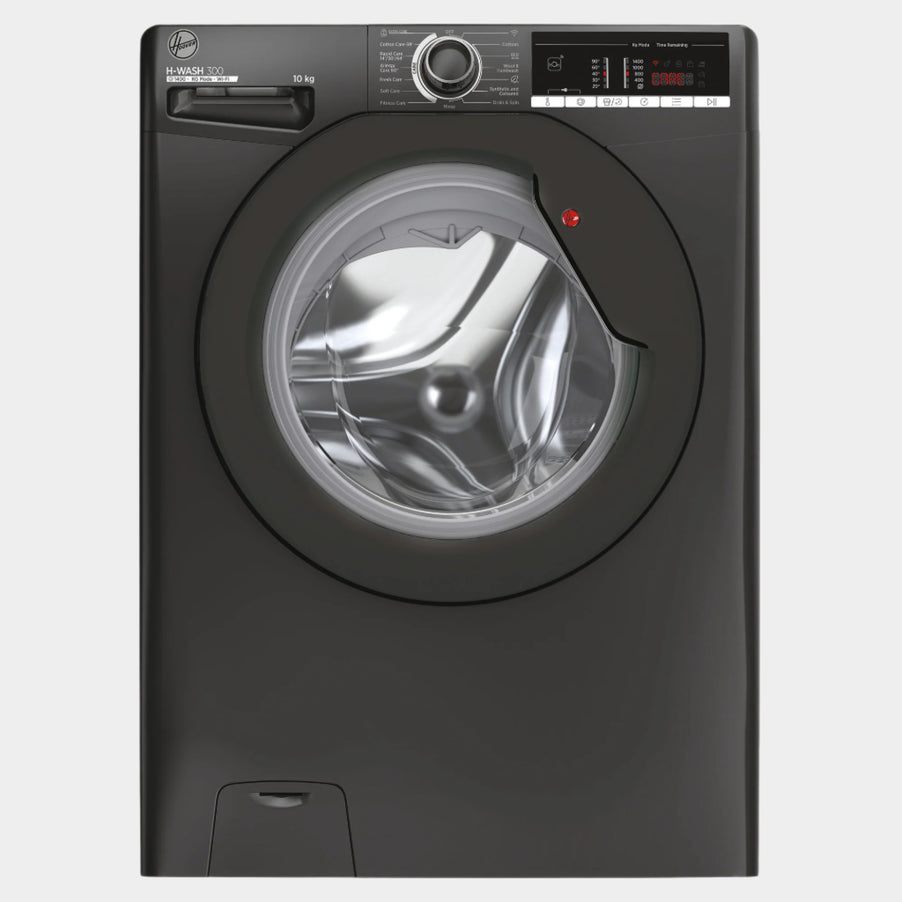Have you ever wondered what happens to spiders when you vacuum them up? Do they survive the ride, or do they die instantly?
If you’re curious about the fate of those creepy crawlers in your home, you’re not alone. Understanding what really happens inside your vacuum can change the way you deal with spiders—and maybe even ease your fears. Keep reading, and you’ll discover surprising facts that might make you think twice before reaching for that vacuum again.

Credit: www.gbnews.com
Table of Contents
ToggleSpider Biology Basics
Spiders have a unique body structuremade of two main parts: the cephalothorax and abdomen. The cephalothorax holds the eyes, mouth, and legs. The abdomen contains vital organs like the heart and lungs.
Spiders breathe using special organs called book lungsor tracheae. Book lungs look like small stacks of pages inside their body. These help spiders take in oxygen and release carbon dioxide.
Air flows through tiny openings called spiracles. Oxygen moves from the air into the blood, keeping the spider alive. This system works well in normal air but may be affected in a vacuum.
Credit: www.abc.net.au
Effects Of Vacuum On Living Organisms
Living organisms need air pressureto survive. In a vacuum, there is no air. This causes problems for creatures that breathe.
Without air pressure, fluids in the body start to boilat low temperatures. This can cause severe damageto cells. The lack of air also means no oxygen, which leads to suffocation.
- Humanscan survive only a few seconds in a vacuum.
- Small animalsmay die quickly due to pressure loss.
- Insects and spidershave tough exoskeletons but still suffer harm.
The vacuum causes air pocketsinside bodies to expand. This may cause injuries. The absence of air pressure also stops breathing and blood flow. Without these, death occurs fast.
Spiders In Vacuum Conditions
Spiders face tough challenges in vacuum conditions. The lack of air causes extreme pressure changes. This can harm their body and breathing. Some spiders survive short times in a vacuum by holding their breath. But longer exposure usually leads to death.
Studies show spiders can survive a few minutes in low pressure. Their exoskeletonshelp protect them. Survival depends on the spider species and vacuum strength. More sensitive spiders die faster.
| Experiment | Spider Species | Vacuum Duration | Outcome |
|---|---|---|---|
| NASA Study | Common House Spider | 5 minutes | Most survived, some showed damage |
| Lab Test | Wolf Spider | 10 minutes | Many died, some recovered |
| University Research | Orb Weaver | 3 minutes | Survived without harm |

Credit: www.hooverdirect.co.uk
Factors Influencing Spider Survival
Not all spiders survive the same way in a vacuum. Some species have unique traits. These traits help them live longer. For instance, jumping spiders are very tough. They can handle tough conditions better. But some house spiders are more fragile. They might not last as long. Understanding these differences is important. It shows how diverse spiders are.
The time spent in a vacuum matters. Short exposure might not harm some spiders. They can hold their breath for a while. But long exposure is dangerous. It can dehydrate them quickly. Without air, their bodies get weak. Some spiders might die faster than others. Duration is a key factor in survival.
Common Myths And Facts
Many people believe vacuums always kill spiders instantly. This is not always true. Some spiders might survive the vacuum’s suction for a short time. The strong airflow can injure them, but it does not guarantee death. Spiders have tough exoskeletons that help protect them.
Vacuum bags or containers can trap spiders, keeping them inside. If the vacuum is emptied quickly, spiders may escape. Using a vacuum might scare spiders but does not always remove them permanently. Other methods like catching and releasing can be safer.
| Myth | Fact |
|---|---|
| Vacuum kills spiders immediately | Some spiders survive the suction for a while |
| Spiders cannot escape vacuum bags | They might escape if bags are emptied too soon |
| Vacuuming removes all spiders | It may only scare or trap some spiders temporarily |
Implications For Pest Control
Spiders often survive being vacuumed, making this method less effective for pest control. Understanding their resilience helps in choosing better ways to manage infestations. Vacuuming may remove spiders but does not always kill them.
Vacuuming Spiders
Vacuuming spiders can remove them quickly from your home. Not all spiders die instantly in the vacuum. Some may survive inside the bag or canister. The suction can injure or trap them, but it might not kill every spider. Using a vacuum is a fast way to reduce spider numbers.
Effective Alternatives
- Seal cracks and holes to stop spiders entering.
- Keep your home clean to remove spider webs.
- Use sticky traps to catch spiders without killing them immediately.
- Try natural repellents like peppermint oil or vinegar sprays.
- Call pest control experts for large spider problems.
Frequently Asked Questions
Do Spiders Survive Being Vacuumed?
Many spiders can survive a vacuum because they resist low pressure and lack lungs.
Can A Vacuum Cleaner Kill Spiders Instantly?
A vacuum may injure spiders but does not always kill them immediately.
What Happens To Spiders Inside A Vacuum Bag?
Spiders often stay alive but become trapped and weak inside the vacuum bag.
Conclusion
Spiders face many challenges in a vacuum. Lack of air makes breathing impossible. Their bodies cannot survive without oxygen. This means most spiders die quickly in vacuums. Still, some may survive briefly due to slow metabolism. Understanding this helps us learn about spider biology.
It also clears up common myths about spiders and vacuums. In the end, vacuums are not safe places for spiders. They need air to live and breathe.


